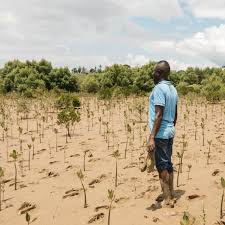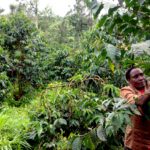Across Kenya, the sound of change begins with the rustle of new leaves. Reforestation in the wild is transforming bare landscapes into vibrant forests, bringing life back to areas once stripped of greenery. It’s not just about planting trees—it’s about restoring hope and rebuilding the bond between people and nature.
1. Why Reforestation Matters
Kenya’s forests are vital to environmental health. They regulate rainfall, prevent erosion, and support countless species. However, years of deforestation have harmed these delicate ecosystems. Today, through reforestation in the wild, conservationists and communities are actively reversing this damage and breathing new life into the land.
2. Communities Leading the Change
Local communities play a central role in this movement. From smallholder farmers to school groups, Kenyans are joining hands to plant native trees and nurture them to maturity. As a result, reforestation in the wild creates both ecological and social benefits—restoring land while providing income, shade, and food security.
3. Collaboration for a Greener Future
Partnerships between conservation organizations, eco-lodges, and government agencies continue to strengthen Kenya’s reforestation efforts. For example, projects in Tsavo, Mount Kenya, and the Aberdare Range demonstrate that when nature is given a chance, it can quickly recover. Moreover, these collaborations foster shared responsibility and inspire global action.
4. Beyond the Trees
Each new tree symbolizes hope—for cleaner air, cooler climates, and thriving wildlife habitats. Reforestation also helps mitigate climate change, supports biodiversity, and creates sustainable livelihoods.
5. Planting Seeds for Tomorrow
Ultimately, reforestation in the wild reminds us that every tree counts. With persistence and care, Kenya’s landscapes will continue to flourish—ensuring a greener, healthier planet for generations to come.


